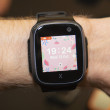MWC 2009
Video added late Wednesday, Feb. 18. See below.
One of the more major announcements at this year's MWC is Windows Mobile 6.5. There are some key improvements, mostly in making it more finger-friendly, to better compete with the current crop of finger-touch phones on the market. Many of the new features are quite welcome and a step in the right direction.
However, comparing the new Windows Mobile to the competition, we get the distinct feeling that it's all a bit too little, too late, especially since 6.5 won't find its way into consumers' hands until October at the earliest. Hard-core Windows Mobile fans - especially Exchange users - will find enough to keep them happy. However, Microsoft continues to underestimate its competition and slowly fall further behind each year when it comes to innovating for consumers.
First, some basics. Windows Mobile remains split into two distinct versions: "Standard" (non-touch) and "Professional" (touch). Almost all of the improvements to 6.5 are exclusive to the Professional (touch) version; Standard 6.5 is almost indistinguishable from Standard 6.1. The focus of 6.5 Professional is mostly on making it prettier and finger-friendly. In other words, Microsoft is finally responding to the iPhone.
The finger-friendly interface overhaul is nice.
There's a new unlock screen, with key status info presented well, such as time, upcoming events, and missed messages. An interactive slide-to-unlock feature makes it easy to jump right into missed calls, messages, and voicemail.
WinMo 6.5: Unlock, Home Screens
The new home screen copies the lovely look of the Zune interface. It features intuitive and efficient four-way navigation. It brings key info right to the top level, and makes it easy to jump into applications when you need to dive in deeper. In other words, it brings the nice "sliding panels" interface from 6.1 Standard to the Professional version, with pretty Zune looks, in an attempt to catch up with manufacturer-made interfaces like HTC's TouchFlo 3D. It does a decent job.
Where the new home screen disappoints is that it completely removes the widget-like Today Screen Plug-In architecture from previous versions. Widgets are something of a hot trend right now, and Microsoft essentially had a huge head-start on that with its Today Screen Plug-Ins. Quite a few good third-party ones are available. While the replacement home screen is nice out of the box, Microsoft has not only broken compatibility with old plug-ins, but failed to provide a new API for third-party plug-ins at all. This feels like a major step backwards, and is a baffling move.
Moving on to the main menu, there's finally just one. This is long overdue, but we're not complaining. Every previous Windows Mobile phone has had at least two different "main menus" (Start and Programs.) Some, like the Samsung Omnia, have six "main menus", and each works differently! It's never made any sense. 6.5 finally fixes that with one unified "Start" menu for all programs.
The new main menu has a unique and slick hexagonal layout. You
can flick up and down through it, and it has a "bounce" at the bottom and top, just like the iPhone. You can arrange the icons how you like by pressing and holding to reveal "move to top" and "move down" options, although common-sense options like "move up" and "move to bottom" are oddly missing, and drag-and-drop re-arranging would be much easier. There is no way to arrange icons into pages, like competing OSes, nor folders, like previous versions of Windows Mobile; one giant list of all programs is all you get. Still, we'll take this relatively intuitive interface over previous versions of Windows Mobile any day.
Standard Microsoft applications like Contacts, Calendar, Messages, Email, and Settings have also been overhauled to be more finger-friendly, and look much nicer and more modern. This is a major overhaul not to be glossed over. We're happy to report that the overhaul is a good one. There's not much to say except that its works as you'd expect. That's a good thing.
Other OS-wide aspects of the interface have also been made finger-friendly, like the top and bottom bars, and the options menus that usually appear when you press the right soft key. Third-party applications need to be updated to be as finger-friendly as the built-in ones, although the major third-party developers have already done a lot of work in this area. Oddly, Microsoft tells us that the new options menus do not automatically apply to third-party apps, which is odd. That would seem like an easy way to make third-party apps a little more finger-friendly.
The browser also receives a face-lift. It's more finger-friendly and has pop-up controls much like Opera. It uses the same rendering engine as IE6 for desktop PCs, plus some newer components, such as the JavaScript engine from IE7. New navigation controls include a sliding zoom control and a small overlay to show you where you are on a page when zoomed in and panning around.
NEW: Video of 6.5 in action:
On the ecosystem front, Microsoft has some new branding surrounding Windows Mobile, and a new manufacturer partnership. The new brand is simply "Windows Phone", which is a new way to say "phone with Windows Mobile". (Note that the OS itself is still called "Windows Mobile".) The new partnership is LG. LG's already put out the WinMo phones like the Incite, but now they're making a serious contractual commitment to Microsoft. Windows Mobile will now be LG's "primary" smartphone platform, and the company will crank out 50 (yes, fifty) new Windows Mobile phones over the next four years.
Microsoft is also introducing a new free service for Windows Mobile called My Phone. It's basically a free backup service that works over the air (over your phone's data connection.) Daily (or however often you want) it will sync your phone's content with the My Phone servers. Then, any time you lose your phone, or simply change phones, you can sync your new phone with My Phone, and it will have all of your data in one step. The My Phone web site lets you log into a private interface where you can view and manage your content, as well as register phones. The ability to register more than one phone is what lets you easily move all of your content from an old phone to a new one.
My Phone syncs your contacts, calendar, tasks, text messages, photos, video, music, and documents. However if you have Exchange set up on your phone, then contacts, calendar and tasks are managed and synced by Exchange exclusively, and won't be backed up by My Phone.
Microsoft will offer My Phone for free to all Windows Mobile 6.0 - 6.5 users, with 200 MB of storage. At the moment, there is no option for additional storage, even for a fee, so if you have more than 200 MB of photos, video and music (quite likely), you'll need to decide which types of content you want synced and which you don't. At least you do have that option; you can have it sync just your text messages and photos, but not videos and music, for example.
My Phone is launching first as an invite-only beta this week, then to the public in the fourth quarter (at the same time as Windows Mobile 6.5.)






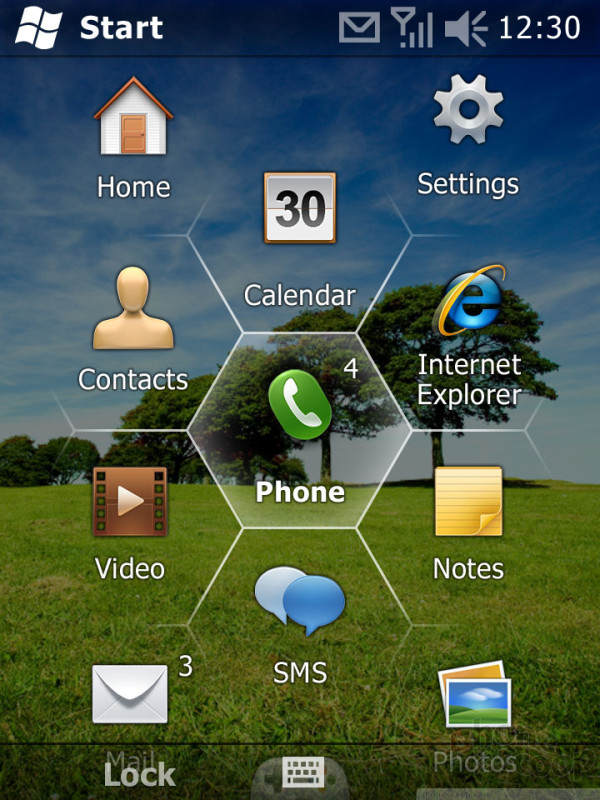


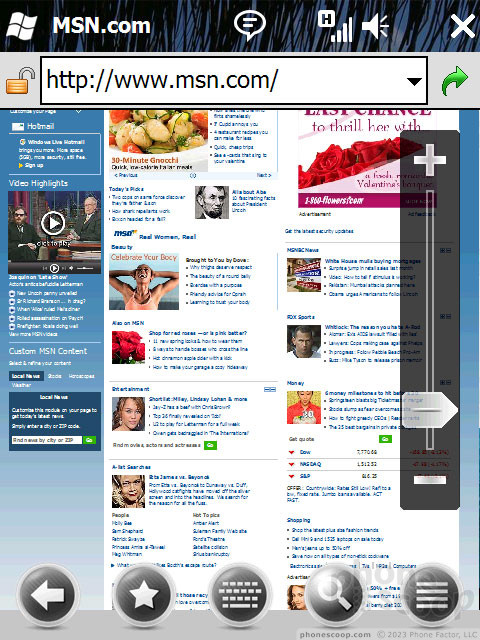








 Samsung Refreshes Galaxy S Series with S Pen, New Cameras
Samsung Refreshes Galaxy S Series with S Pen, New Cameras
 Nokia Brings New G Series to US
Nokia Brings New G Series to US
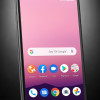 Orbic Reaches Beyond Verizon's Orbit with the Magic 5G
Orbic Reaches Beyond Verizon's Orbit with the Magic 5G
 Nokia G300 Lands at TracFone with 5G
Nokia G300 Lands at TracFone with 5G
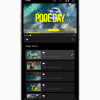 iMovie Makes it Easier to Create Polished Videos
iMovie Makes it Easier to Create Polished Videos
